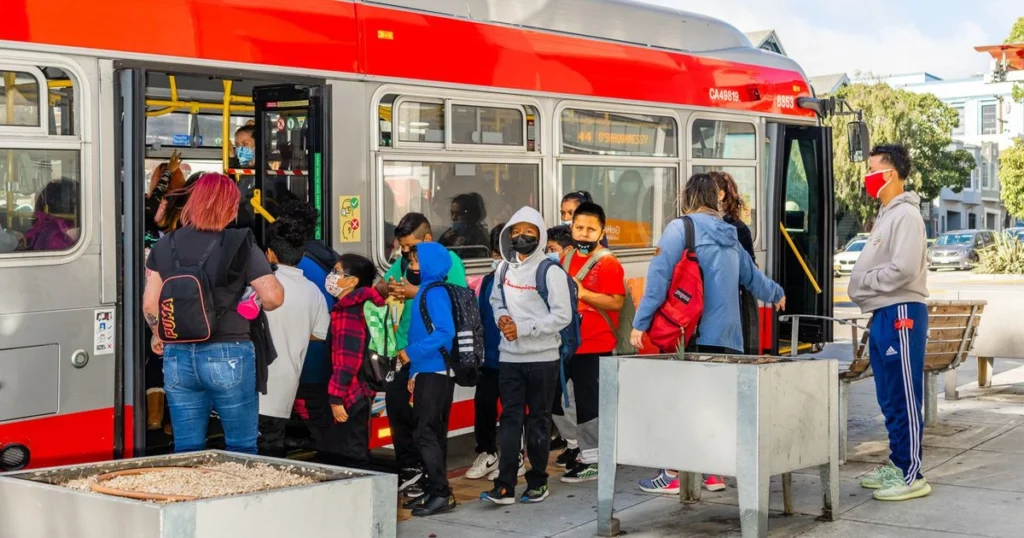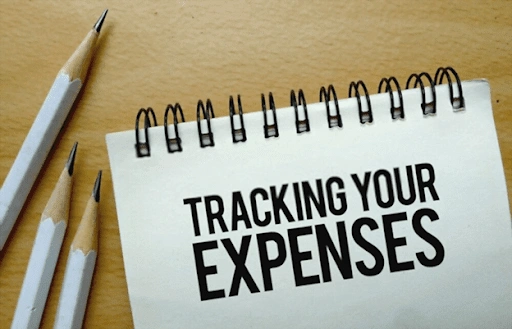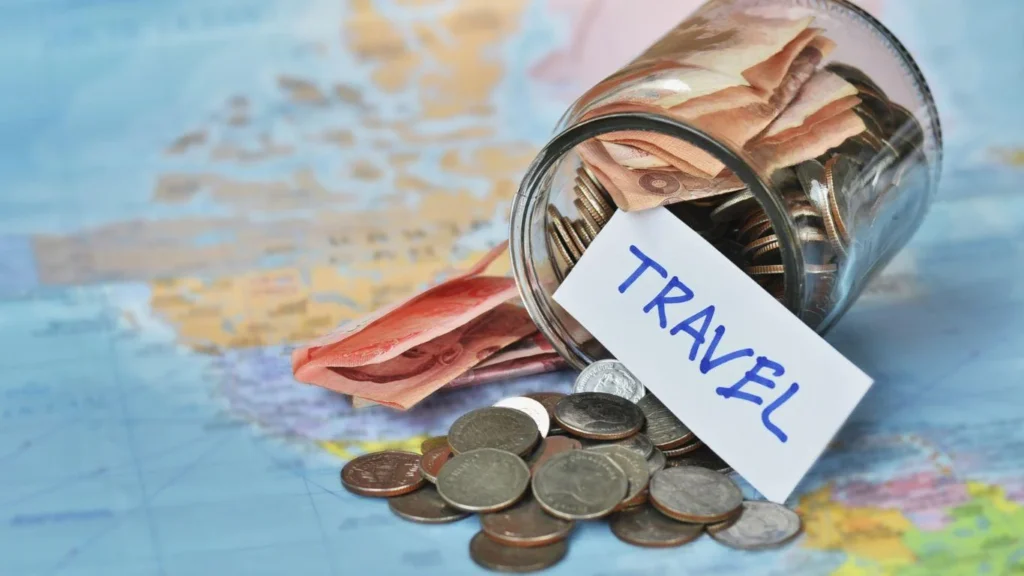Think travel has to be expensive? Think again. With the right strategy, you can explore incredible places around the world without emptying your bank account.
Whether you’re a student, a freelancer, or just a travel lover who wants to make the most of every dollar, this guide will show you how to see the world on a budget—and still have unforgettable experiences.
1. Choose Budget-Friendly Destinations

Some countries simply offer more value for your money.
Top budget destinations include:
- Vietnam, Thailand, and Indonesia for beautiful landscapes and low daily costs.
- Portugal and Hungary for European charm without the Western Europe price tag.
- Mexico and Colombia for vibrant culture, beaches, and affordable living.
Always check the exchange rate and average travel costs before you go—sites like Numbeo or BudgetYourTrip can help.
2. Travel During the Off-Season
Prices for flights, hotels, and attractions can drop significantly in the low season.
Benefits of off-season travel:
- Fewer crowds.
- Lower prices.
- More flexible bookings and better deals.
Just be sure to check the weather—off-season often means rain or colder temperatures, depending on where you’re going.
3. Be Smart About Flights

Flights are often the biggest expense—but they don’t have to be.
Money-saving tips:
- Use flight comparison tools like Skyscanner, Google Flights, or Hopper.
- Fly mid-week (Tuesday or Wednesday) for cheaper fares.
- Consider budget airlines or nearby airports.
- Book flights 2–3 months in advance for international travel.
Set price alerts and be flexible with your dates to grab the best deals.
4. Stay in Affordable Accommodations
You don’t have to stay in a luxury hotel to have a great experience.
Budget-friendly options:
- Hostels – Perfect for solo travelers and backpackers.
- Airbnb or vacation rentals – Great for longer stays and cooking your own meals.
- Guesthouses or homestays – Offers a more local feel, often with meals included.
Also, consider volunteering programs or house-sitting opportunities if you want to stay somewhere for free in exchange for work.
5. Use Public Transportation

Skip the taxis—public transport is a budget traveler’s best friend.
- Use buses, subways, or trains instead of renting cars.
- Walk or rent a bike to explore local neighborhoods.
- In many cities, multi-day transit passes can save you money and hassle.
Bonus tip: Download offline maps (like Google Maps) and local transport apps before you arrive.
6. Eat Like a Local
Food is one of the best parts of travel—and you don’t need to spend big.
How to eat well on a budget:
- Visit street food stalls or local markets.
- Choose small local restaurants over touristy ones.
- Buy snacks and essentials from grocery stores.
- If your accommodation has a kitchen, cook a few meals yourself.
Eating local doesn’t just save money—it also gives you a more authentic taste of the culture.
7. Enjoy Free and Cheap Activities
Not every attraction requires a ticket.
Look for:
- Free walking tours in major cities.
- Local festivals, street performances, and art shows.
- Nature activities like hiking, swimming, or visiting public parks.
- Discount days at museums or attractions.
Sometimes the best travel memories come from the simplest, most spontaneous adventures.
8. Track Your Spending

Even small daily expenses add up quickly, especially on a long trip.
Stay on top of your budget with:
- Budgeting apps like Trail Wallet, Spendee, or TravelSpend.
- A simple notebook where you record your daily expenses.
- Setting daily spending limits to help you stay focused.
Keeping track helps you avoid surprises and stay within your plan.
Final Thoughts
Traveling on a budget doesn’t mean missing out—it means getting creative, planning smart, and making your money go further. From exploring hidden gems to savoring authentic local food, budget travel often leads to richer, more meaningful experiences.
So pack light, plan well, and hit the road with confidence—adventure is out there, and it doesn’t have to cost a fortune.

